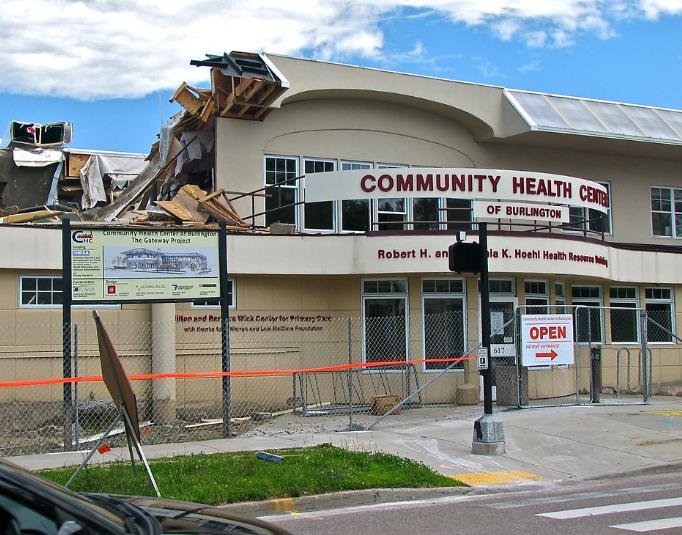The Australian housing market is experiencing significant shifts driven by fluctuating interest rates. As the Reserve Bank of Australia (RBA) adjusts its monetary policies to combat inflation, the real estate sector is feeling the impact. Higher interest rates have led to a cooling effect in major cities like Sydney and Melbourne, while mid-sized capitals such as Brisbane, Adelaide, and Perth continue to show resilience. This article explores how interest rates are influencing the housing market and what it means for buyers and investors.
Interest rates have been a critical factor in shaping the housing market dynamics in Australia. The RBA’s decision to increase rates has been primarily aimed at controlling inflation, but it has also had a profound effect on property prices and buyer behavior. In cities like Sydney and Melbourne, higher interest rates have led to a slowdown in market activity. Potential buyers are more cautious, leading to a decrease in demand and a stabilization of property prices.

Despite the overall cooling effect, some regions are bucking the trend. Brisbane, for instance, has seen a surge in property values, surpassing even Melbourne in median dwelling value. This growth is attributed to a combination of factors, including increased interstate migration and a strong local economy. Similarly, Adelaide and Perth have shown robust performance, with double-digit annual growth in property values. These cities are benefiting from a more balanced supply and demand dynamic, making them attractive options for investors.
Regional Markets and Supply Challenges
While major cities grapple with the effects of rising interest rates, regional markets are experiencing varied outcomes. In some areas, property values are aligning closely with their state capitals, while others are outperforming. For example, regional Tasmania has seen stronger growth compared to Hobart, driven by a combination of lifestyle factors and affordability. On the other hand, regional Western Australia is slightly lagging behind Perth, reflecting local economic conditions.
A significant challenge across all markets is the supply of new dwellings. Despite government efforts to boost housing supply, issues such as high construction costs, labor shortages, and regulatory hurdles continue to impede progress. These challenges are exacerbated by increased immigration and smaller household sizes, which are driving demand for housing. As a result, rental markets are also feeling the pressure, with vacancy rates at historic lows and asking rents on the rise.
Future Outlook and Market Predictions
Looking ahead, the future of the Australian housing market will largely depend on the trajectory of interest rates. Many economists predict that rate cuts may not occur until 2025, with the possibility of further increases in the near term. This uncertainty is likely to keep market activity subdued in the short term, particularly in major cities. However, mid-sized capitals and regional areas may continue to perform well, driven by local economic conditions and demographic trends.
Investors and buyers will need to navigate these complexities carefully. For those looking to enter the market, understanding the local dynamics and potential risks is crucial. In regions with strong growth prospects, there may be opportunities for capital appreciation and rental income. Conversely, in areas facing supply constraints and high interest rates, caution is advised. Overall, the Australian housing market remains dynamic and diverse, with varying outcomes depending on location and economic factors.
















